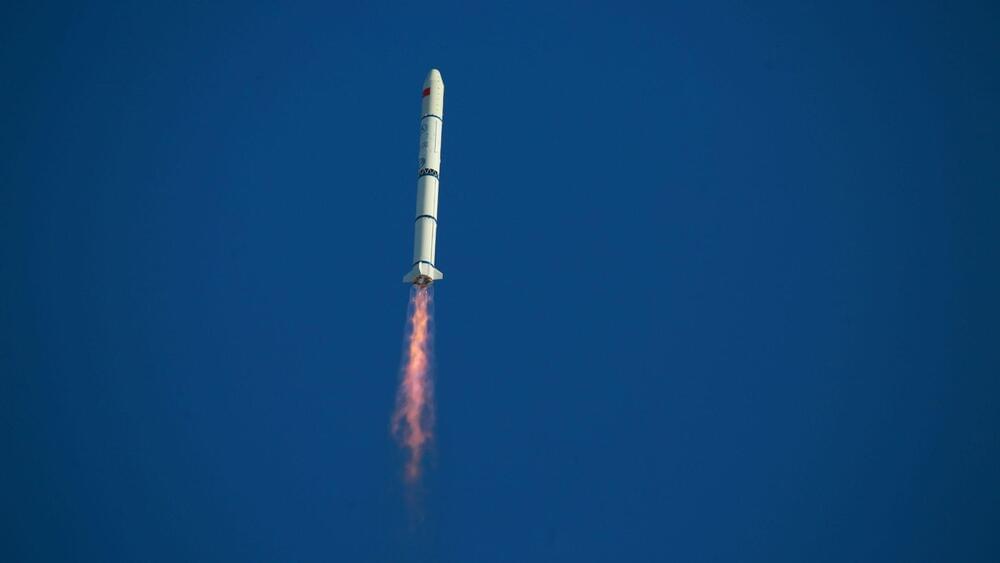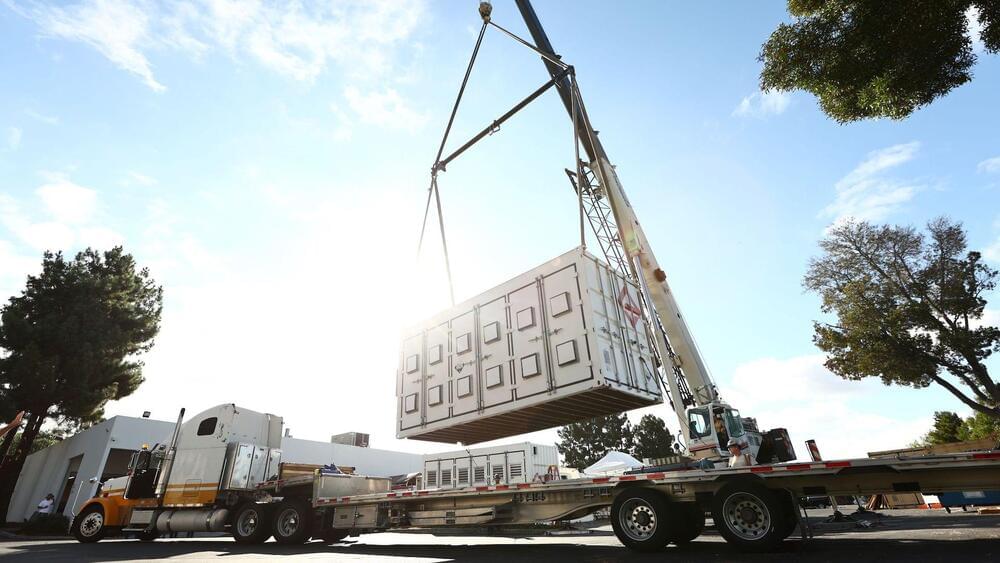This article gives a clear and chilling assessment of the impact of the Ukraine conflict on the future of collaborative space exploration; in doing so it highlights how humankind’s habitual tendency towards wars severally slow, if not completely halt, our urgent reach for the stars. As that old warrior Churchill once said„ ‘Jaw, jaw is always better than War, war!’
Russia’s invasion of Ukraine in February 2022 has resulted in hundreds of thousands of deaths, millions homeless and displaced and billions of dollars of damage in infrastructure. The conflict has also had less immediate but significant impacts on other areas, including on the space industries of Ukraine and Russia, but also globally in terms of the launch market, spaceflight activity and international cooperation.
In the wake of the start of the conflict on Feb. 24, 2022, and resulting international backlash against Russia, the then-head of the Russian space agency Dmitry Rogozin threatened to end its cooperation with the West on the International Space Station (ISS) program over sanctions imposed on Russia. He also issued a threat to SpaceX founder and CEO Elon Musk for the company’s role in providing connectivity through its Starlink satellites.









